In most fantasy football leagues, it’s irrelevant. You draft where you draft, and that’s that. But sometimes, due to league rules or other vagaries of structure, you can pick your draft slot. And every draft season, the question arises: What pick is the best to have?
We’re talking snake drafts here, and the pros and cons are pretty clear: Draft early, and you get one of the best overall players, but then you have a long wait until you pick again. Draft later, and you might not get an uber-elite type, but you can get two next-tier guys, picking well ahead of that early-drafter’s second pick. The pattern repeats every two rounds throughout a draft. In an inelegant analogy, would you rather a five-dollar bill and a one-dollar bill or two three-dollar bills (go with me and imagine they exist)?
Our Jeff Ratcliffe got this question on Twitter recently, and his answer was pretty unequivocal:
Get asked this question a lot. Easy answer. I'm picking first. https://t.co/vU206FskxX
— Jeff Ratcliffe (@JeffRatcliffe) July 29, 2016
Anything worth asking, is worth testing, so, with the tools at our disposal at PFF, I gave it a shot. I created a fantasy league (12 teams, snake draft, standard scoring) in our Draft Master tool and conducted 60 drafts in autodraft, with my own team drafting from each draft slot five times apiece. I then used our season projections to total up each roster’s fantasy points and get an approximate expected fantasy contribution from each draft slot.
Here’s the graph:
Perfect? Nah. First of all, it’s only five drafts apiece, and to get a true representative sample I’d need to go for a much deeper sample size. It also doesn’t account (much) for late-draft strategy, lineup machinations or any one of myriad other fantasy quirks.
That said, man, does it follow a pattern. Other than a small blip between the third and fourth picks, the only time a difference in one pick in draft slot doesn’t follow a pretty predictable downward trajectory is in the dead middle of the draft, when difference between picks is at its lowest marginal level — there’s not any great difference between fifth and sixth when the returns are 17th and 18th. On the whole, though, it’s pretty clear that you’d rather first than second, second than third, 10th than 11th, 11th than 12th. That five-dollar bill is, it turns out, more valuable than an amalgam of lesser bills.
On top of having the highest average roster total, drafting first yielded the highest single team fantasy total as well, a mock that gave a roster that started with Antonio Brown, Mark Ingram, Sammy Watkins, Greg Olsen and Jeremy Maclin. You won't go far not believing PFF's Jeff Ratcliffe, and here's another example of that.
So with that decided, I ran another pair of mocks. No autodraft this time, just me, in the first overall pick, building my rosters, with two different starting slots. Once again, I used our Draft Master tool, because it’s just about the best way out there to get a full mock draft done with speed that still makes sense. I won’t give a full rundown, but here were some highlights:
First round
Every offseason, we come up with a rough top tier of fantasy options, then proceed to spend the next few months tearing them down. DeAndre Hopkins will regress. Todd Gurley and Adrian Peterson don’t catch enough passes. Odell Beckham Jr. will lose targets to Sterling Shepard. Le’Veon Bell was kind enough to give us a reason to shy away from him all on his own.
I’ve been playing with an idea since Bell’s suspension was announced, and here’s the grand unveiling: There are two candidates for my first overall pick, and only two: Pittsburgh WR Antonio Brown, and Dallas RB Ezekiel Elliott.
Yes, it’s risky to consider a rookie at the top. But who else? Brown is clearly the top receiver out there, and among running backs, Gurley, Peterson and Bell have the aforementioned hangups, David Johnson is rumored to be dealing with Chris Johnson stealing looks, Devonta Freeman has Tevin Coleman. I would listen if you wanted to argue Lamar Miller, but no, for me, the top running back is Elliott. Yes, a rookie, but a rookie with as advanced a pedigree as we’ve seen, running behind the best offensive line in the game, with no real candidate to steal significant touches.
So with that in mind, I am conducting two drafts — one with Brown first, one with Elliott. How will the rosters shape out? Which strategy is a better start?
Second round
There’s zero-RB strategy, in which you dive hard on receivers early and find sneaky RB value late. Our Mike Tagliere wrote about the idea of zero-WR, the inverse of that. Both have their defenses, but for me, the best roster through two rounds (unless you end up with Rob Gronkowski) is one player from each position. That’s the route I followed in both of these drafts, winding up with strong starting points on both sides.
The full rosters
Instead of going round-by-round, let’s just look at the final rosters.
Ultimately, the success or failure of my Elliott-first draft will come down to whether I’m right about the Dallas rookie. If I am, then a starting point of Elliott and Ingram with those pass-catchers is stout. If Elliott doesn’t return the value I expect, well, that’s dicier.
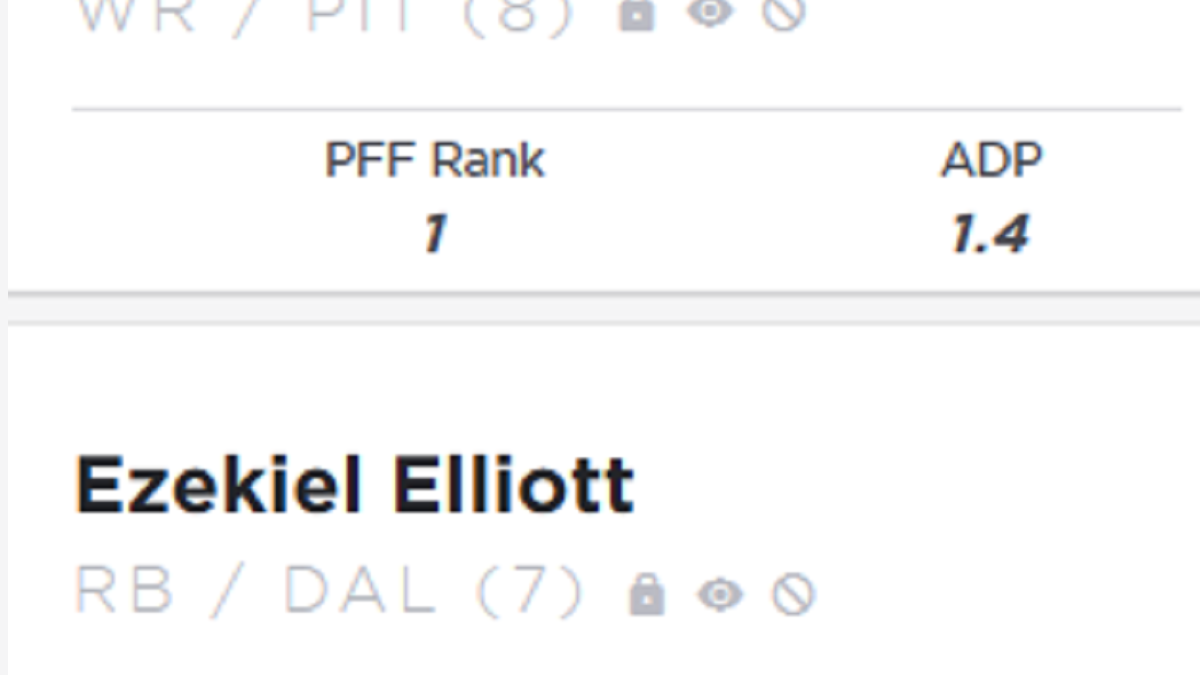
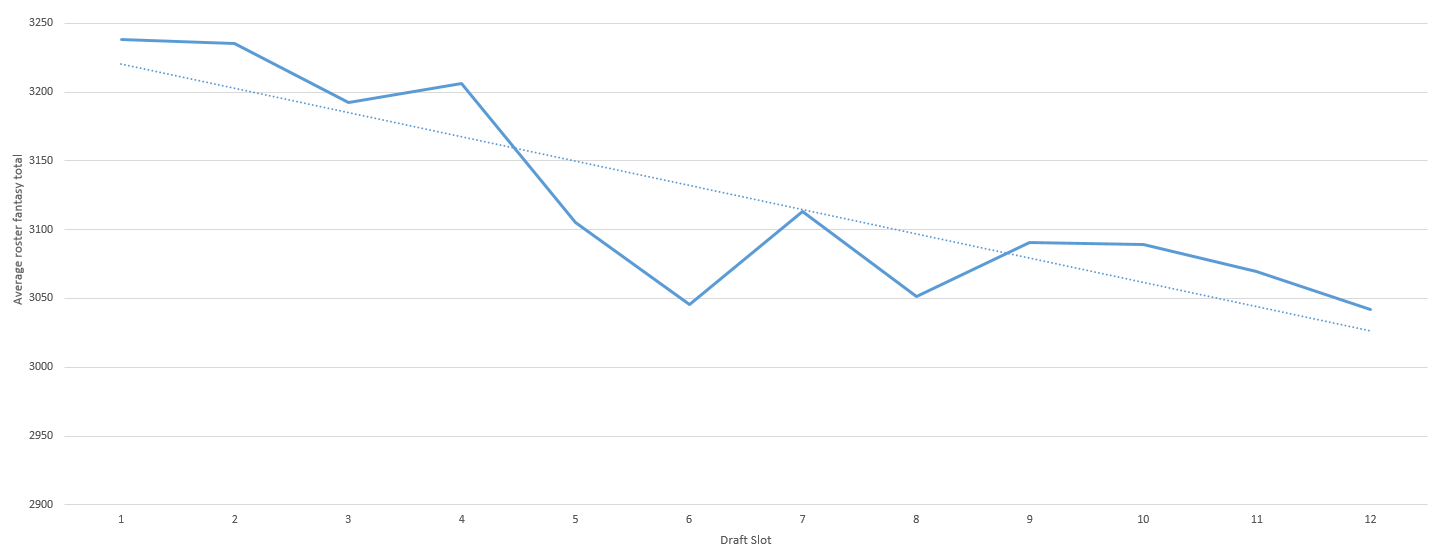
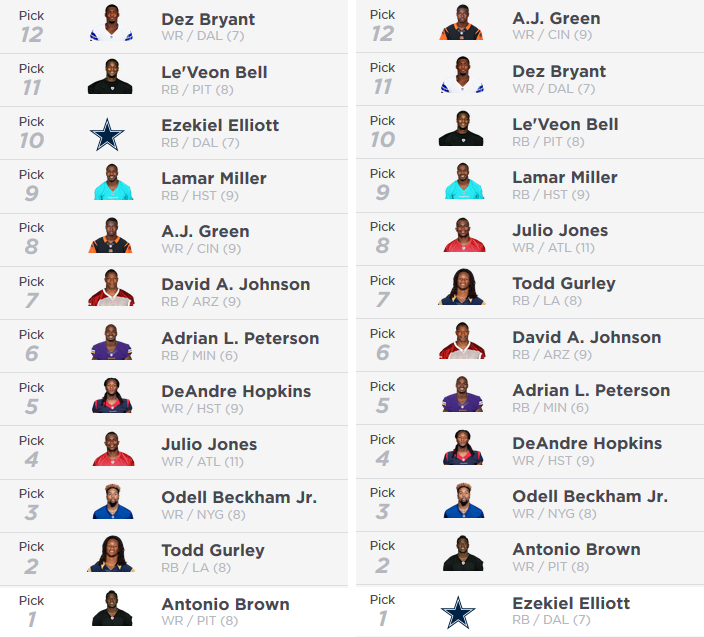
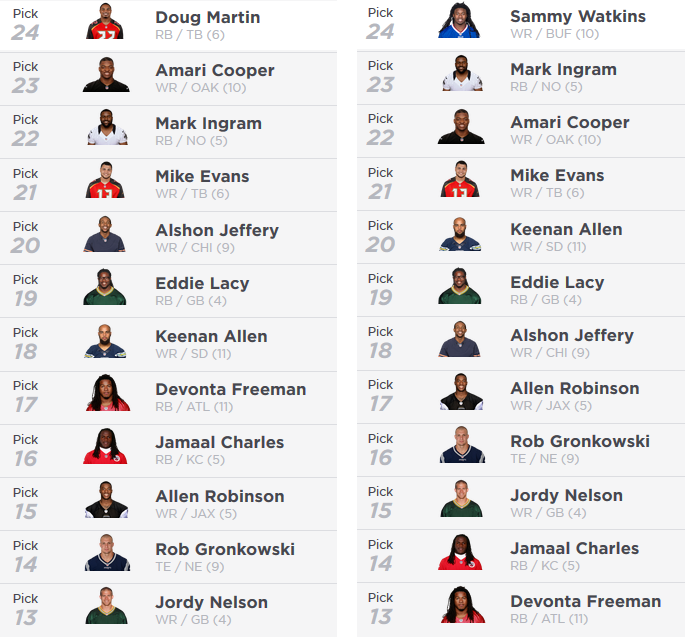
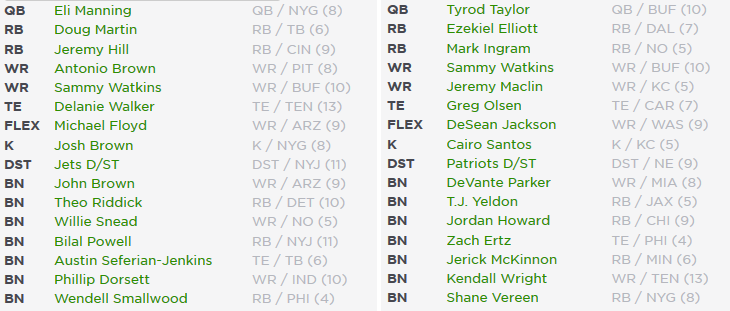

 © 2024 PFF - all rights reserved.
© 2024 PFF - all rights reserved.